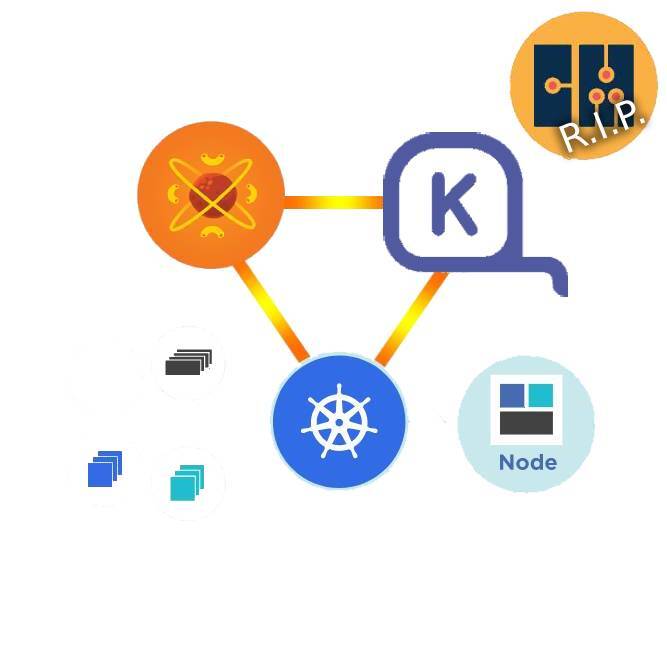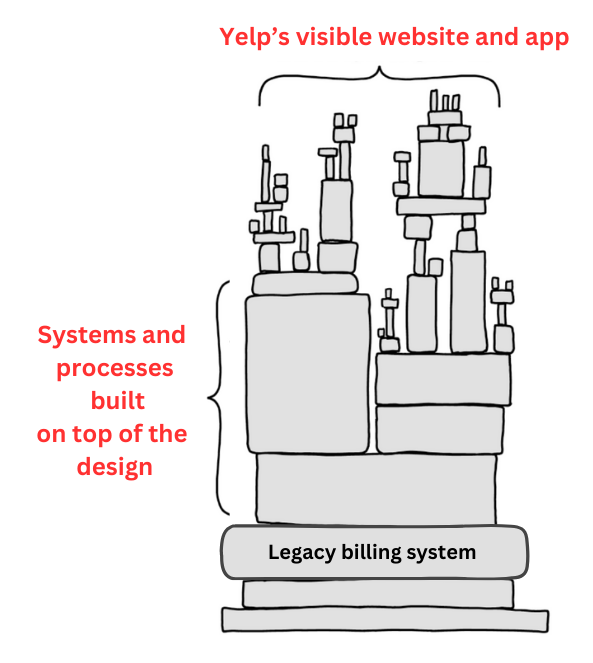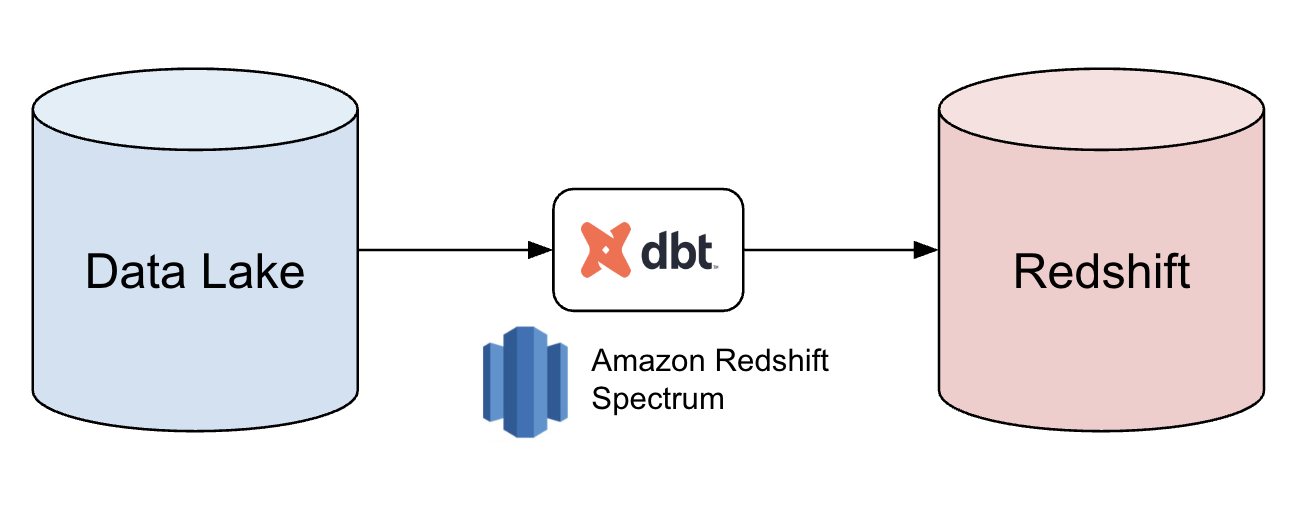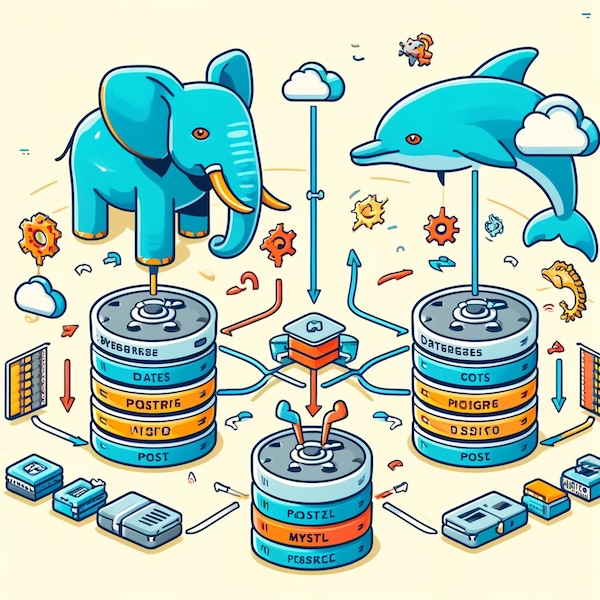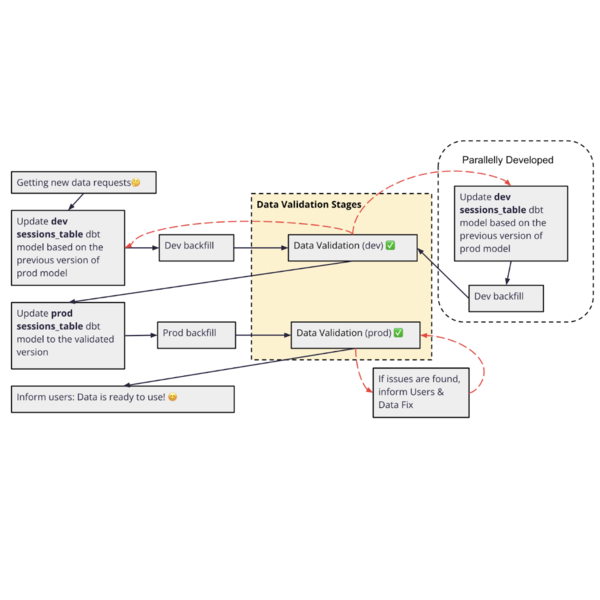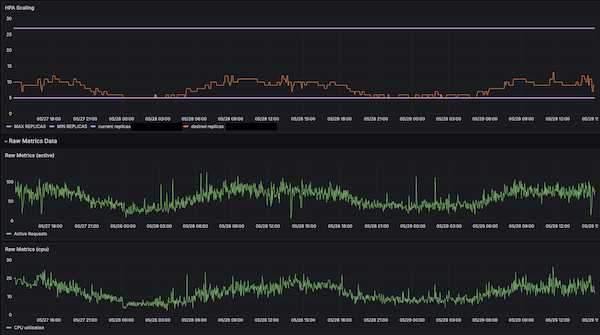Revisiting Compute Scaling

-
Ilkin Mammadzada and Ankit Tripathi, Site Reliability Engineers
- Dec 13, 2024
As mentioned in our earlier blog post Fine-tuning AWS ASGs with Attribute Based Instance Selection, we recently embarked on an exciting journey to enhance our Kubernetes cluster’s node autoscaler infrastructure. In this blog post, we’ll delve into the rationale behind transitioning from our internally developed Clusterman autoscaler to AWS Karpenter. Join us as we explore the reasons for our switch, address the challenges with Clusterman, and embrace the opportunities with Karpenter. Clusterman and its challenges At Yelp, we used Clusterman to handle autoscaling of nodes in Kubernetes clusters. It is an open-source tool we initially designed for Mesos clusters and...
